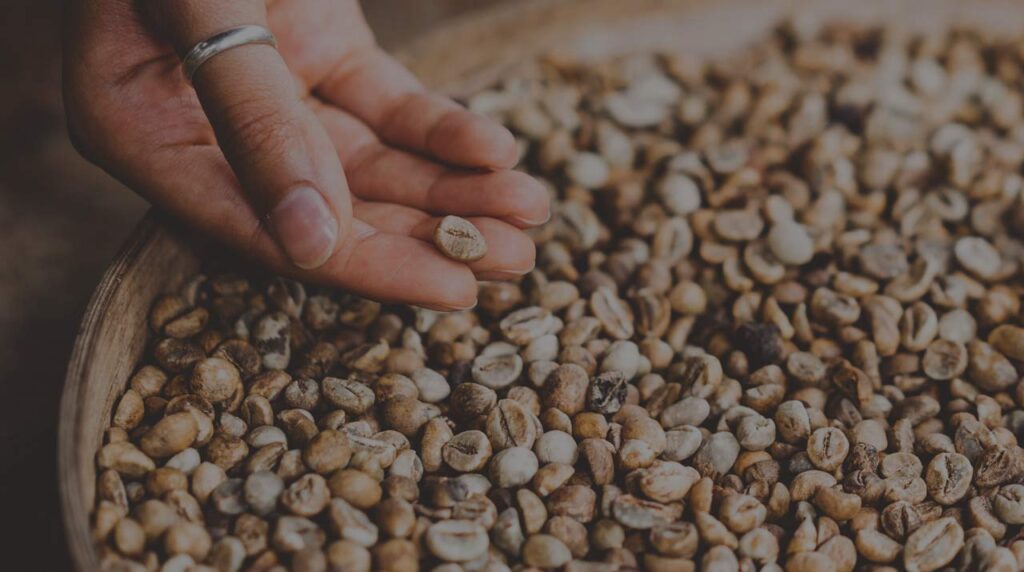
The Next Step of Processing Coffee: Drying
An important step in the processing of coffee is the drying of the green beans. Once a coffee has had the fruity exterior removed and only the beans with the protective parchment layer remain, the moisture content of the coffee needs to be lowered to make them micro-biologically stable for shipping. Typically, the moisture content of a mature coffee cherry is somewhere between 50-70% but for coffee to be stable for shipping it must be between 9-12%. In this post we explore the different drying methods and what affect they might have on the final cup quality.
Patio drying
The most common method for drying coffees is patio drying. Green coffee is spread out over a large patio surface at a depth of around 2-3cm and dried under the sun. Drying times for washed coffees are around 6-7 days while a natural may need to be dried over 12-14 days. The coffee must be raked and turned frequently as it dries in the sun to ensure even drying and prevent any bacterial damage.
Raised African beds
In areas with rainfall occurring throughout the drying period, farmers will often use raised African beds. These are raised wooden frames with fine nylon mesh on which the coffee is placed for drying. The coffee is then raked and dried in much the same way as patio drying. The advantage of raised beds is that they allow air to circulate under the coffee and for water to drain away more easily. Raised beds generally result in more even drying and a better quality finished product.
Mechanical drying
The final drying method is mechanical drying. The coffee is put in to machines fuelled by gas or wood, which effectively work like tumble dryers, slowly drying out the coffee with temperatures not exceeding 42C whilst keeping the coffee in motion. Mechanical drying is often used in conjunction with traditional drying methods. For example; a farmer may place coffee on patios for two or three days to initiate drying and finish the coffee off in a mechanical dryer to allow for freshly picked coffee to go on the patios. While this method allows for farmers to get a return for their crop more quickly it may have the undesirable result of not drying the coffee out evenly and resulting high water activity levels.
The method chosen for drying the coffee is important as it can affect the quality and shelf life of a coffee. If a coffee is dried too quickly or unevenly the water activity levels within the coffee may be high. Water activity is the measure of how bound the water is within the coffee seed. If the water activity is too high it can result in green coffee fading and producing past crop flavours more quickly. As an example, we sometimes will find a coffee which tastes exceptional as a pre-shipment sample but has lost its sparkle by the time the full shipment arrives.


25% off
your next order
Enjoy the world's best coffee, freshly roasted & delivered to your door. Sign up to our mailing list for a welcome pack and 25% off your next Cafédirect order!

Thanks for
joining our
mailing list
A welcome pack is on its way and you get 25% off your next Cafédirect order!

